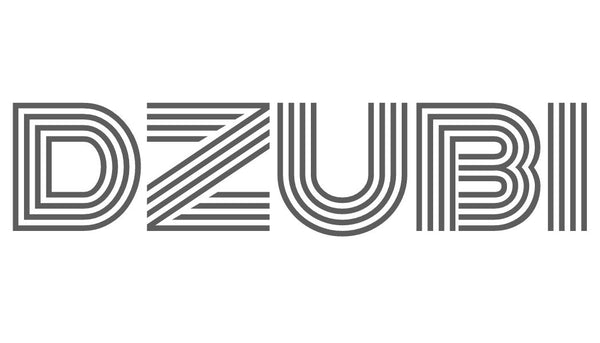The Art of Hand Block Printing

At DZUBI, we embark on a journey inspired by the allure of a Kimono and a deep admiration for the art of printmaking. We cherish the tradition of hand block printing, honoring the skilled artisans in Jaipur, India, who bring our designs to life with their craftsmanship. We embrace quality and sustainable practices, mindful of our impact on society and the environment as our garments are made using 100% cotton. Our costumers are at the center of our universe. We dedicate ourselves to providing exceptional experiences, crafting products that evoke joy and confidence.

The Art of Hand Block Printing
Hand block printing is a traditional form of textile printing that involves using carved wooden blocks to transfer intricate patterns and designs onto fabric. This ancient technique is widely practiced in various regions of India, particularly in places like Jaipur, Bagru, and Sanganer. The process of hand block printing is a labor-intensive art form that requires skill, precision, and patience. Here's an overview of the steps involved in hand block printing:
-
Design Creation: The process begins with the creation of the design that will be printed on the fabric. Skilled artisans or designers draw the pattern on paper, and it is then transferred to a wooden block.
-
Carving the Wooden Blocks: Highly skilled block carvers meticulously carve the design into the wooden blocks. Each block is usually made of teak or sheesham wood and consists of a pattern on the surface and a handle on the back.
-
Preparation of Fabric: The fabric to be printed is thoroughly washed and treated to remove any impurities and starches. It is then dyed in a base color, typically using natural dyes, to prepare it for printing.
-
Printing Process:
a. Printing Table: The printing process takes place on a large printing table. It consists of a flat surface, often made of marble or metal, covered with several layers of fabric and a layer of soft padding.
b. Color Mixing: Natural or chemical dyes are mixed to achieve the desired colors for printing. Each color requires a separate block.
c. Printing: The artisan dips the wooden block into the dye and carefully stamps it onto the fabric. The block is pressed firmly to ensure a clear and even transfer of the design. This process is repeated across the fabric to create the pattern.
d. Registration: The precision and skill of the artisan are crucial in aligning subsequent impressions of the block with the previously printed motifs, ensuring a continuous and seamless pattern.
-
Drying: Once the printing is complete, the fabric is left to dry in the open air. Natural dyes may require additional steps, such as steaming or washing, to fix the colors.
-
Finishing: After the fabric has dried, it undergoes finishing processes like washing and ironing to remove any residual dyes and make it ready for use.
Hand block printing is a beautiful and intricate craft that not only showcases the artistic talent of the artisans but also preserves cultural heritage and sustainable practices. The process results in stunning, unique textiles appreciated worldwide for their beauty, craftsmanship, and historical significance.
